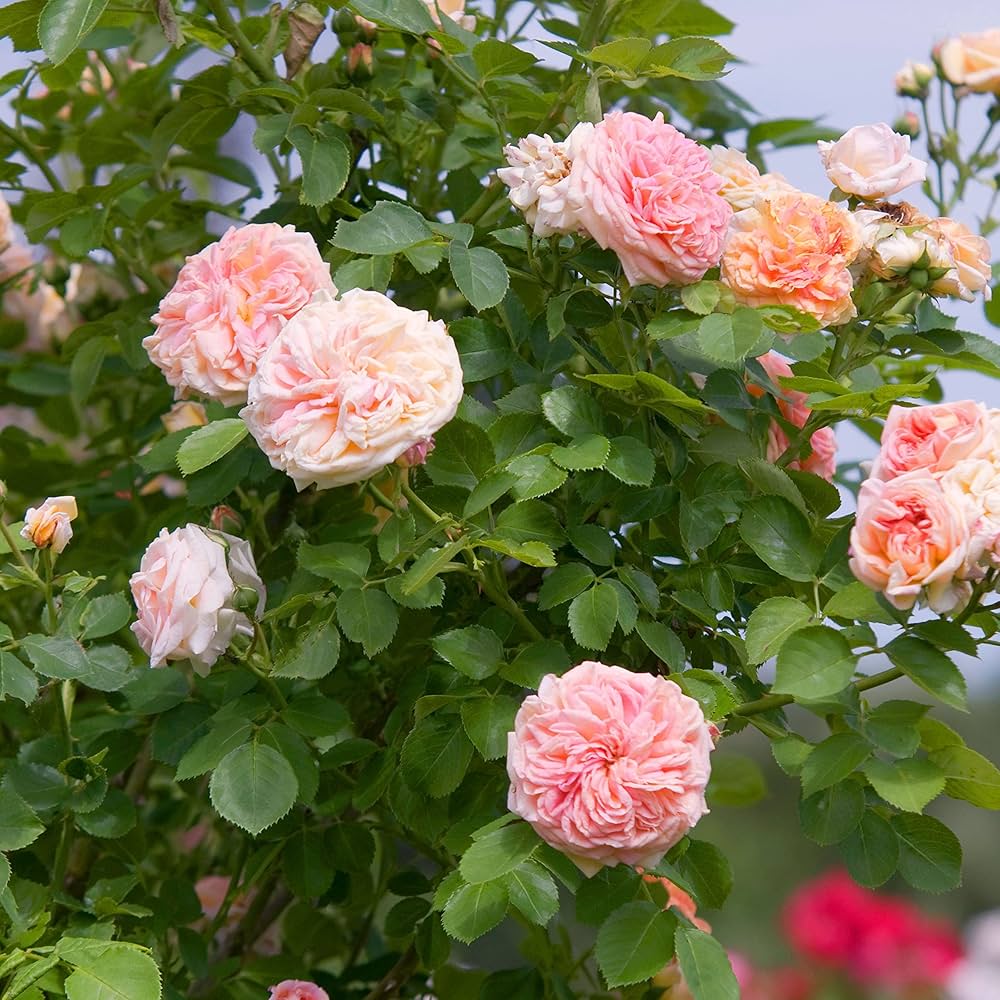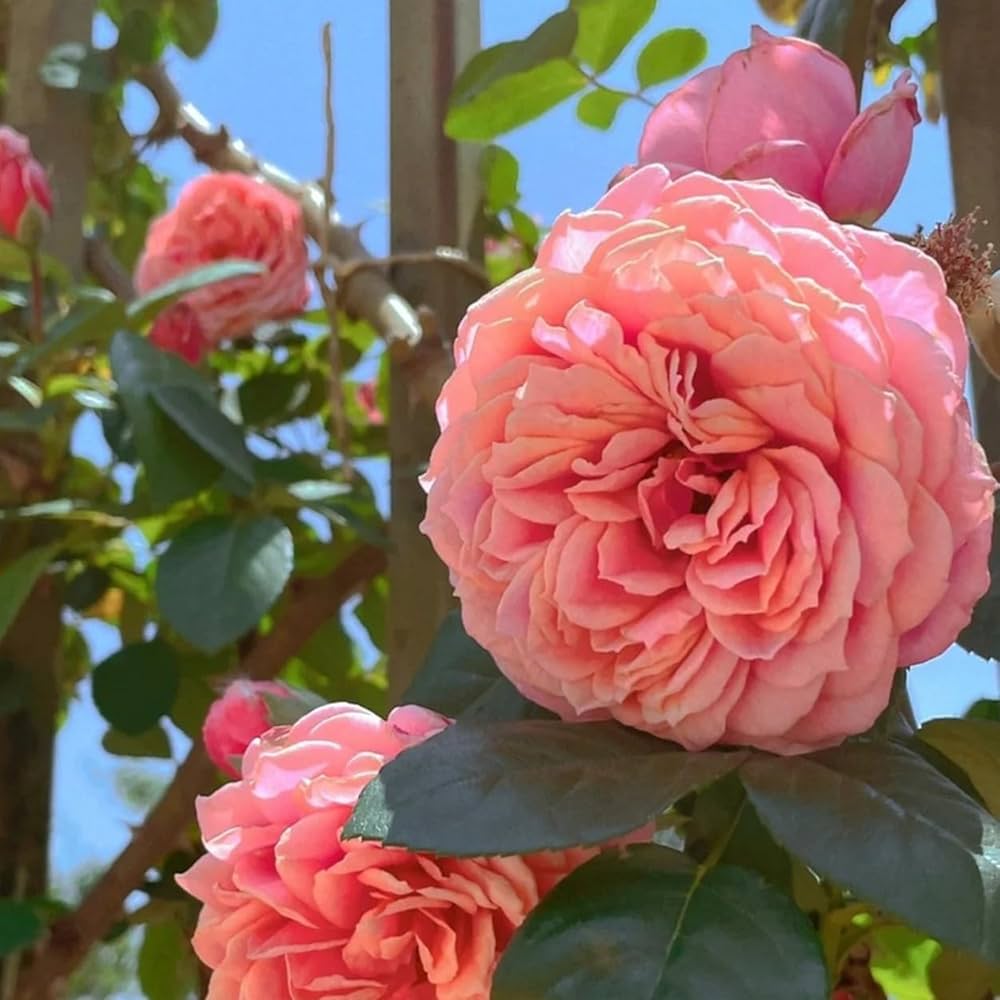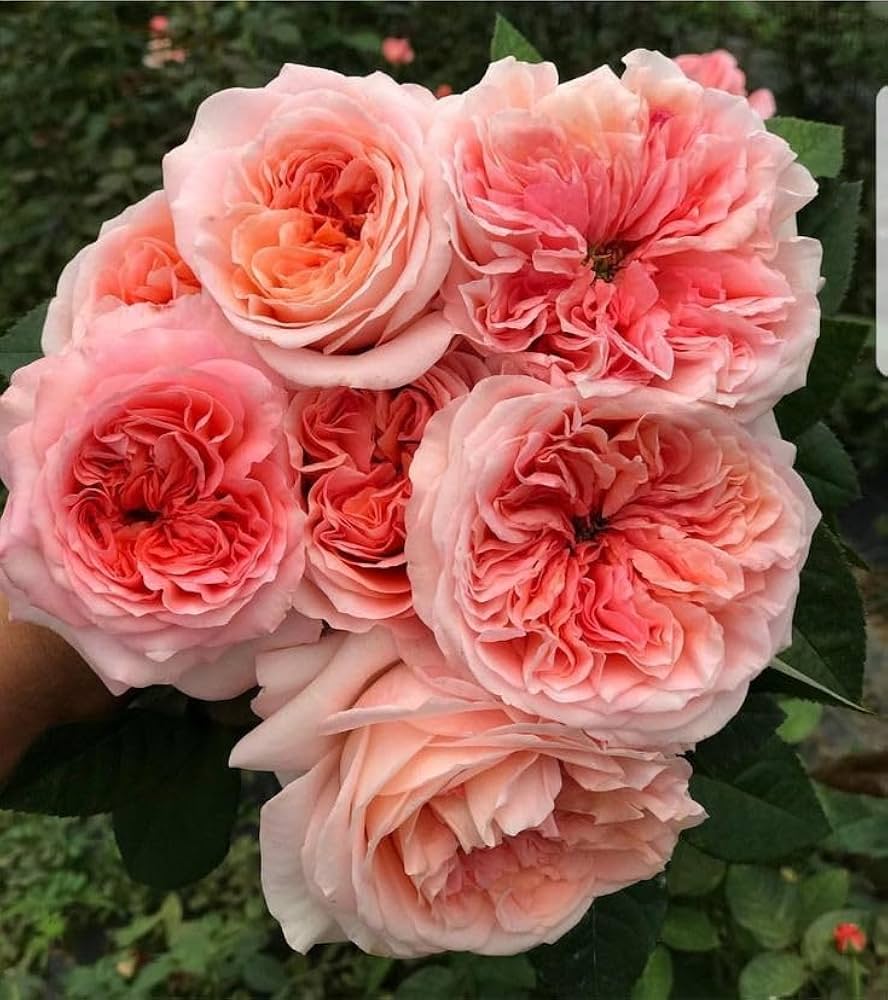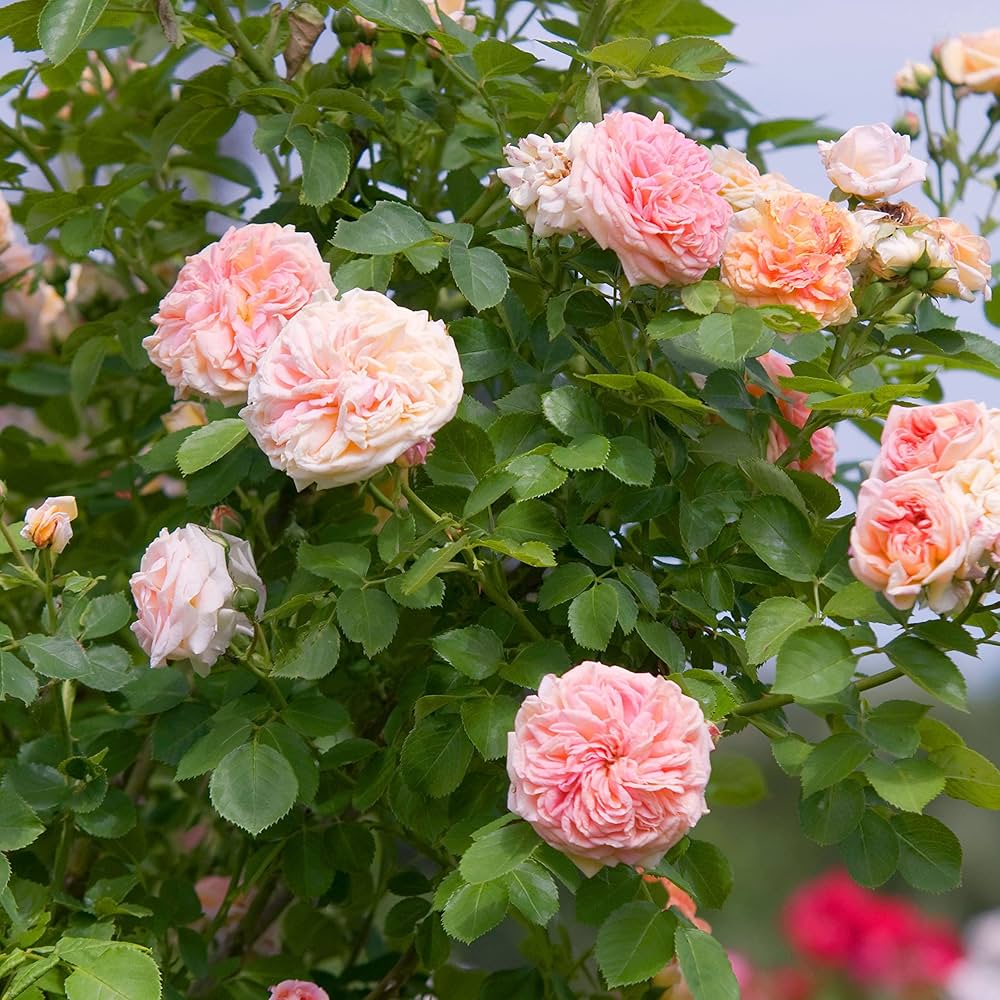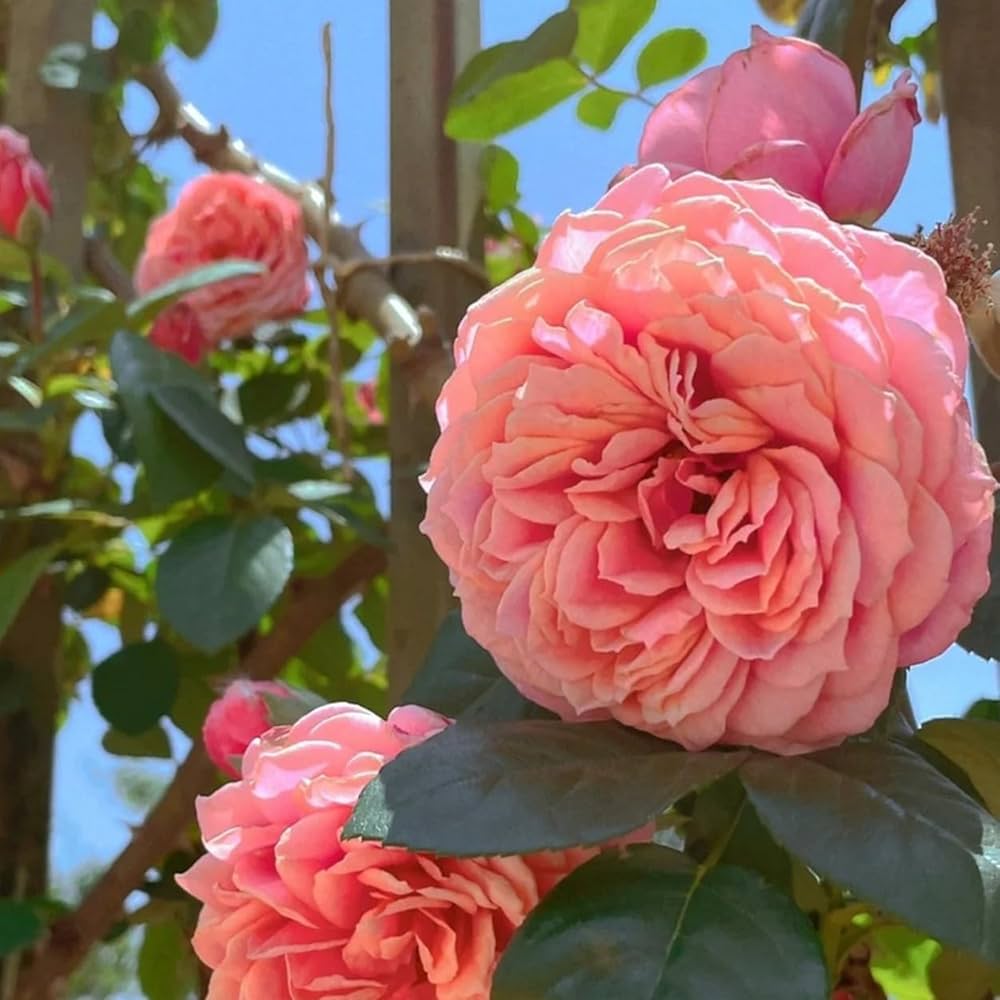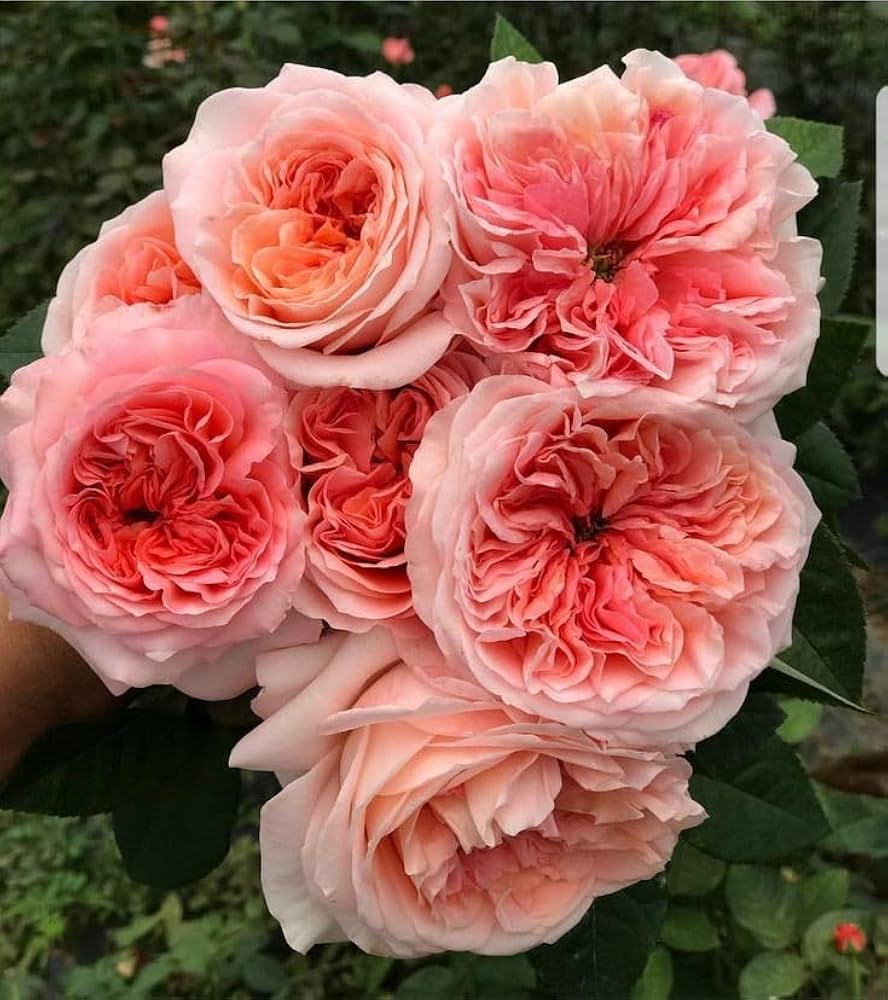Rose Pink Perennial Flower Seeds for Garden
Couldn't load pickup availability
Description
Rose Pink Perennial Flower Seeds for Garden
Characteristics and Uses of Rose Pink Perennial Flower Plants
The Rose Pink Perennial flower is a timeless beauty with vibrant, soft pink blossoms that grace the garden year after year. Known for its elegant, bushy appearance, this perennial plant adds a pop of color to flower beds, borders, and containers. It grows with a graceful form, providing continuous blooms throughout the growing season. Whether you're looking to enhance a cottage garden, create a romantic garden vibe, or simply enjoy a low-maintenance flowering plant, the Rose Pink Perennial is an excellent choice for gardeners of all levels.
Growing Conditions for Rose Pink Perennial Flower Plants
- Light Requirements: Prefers full sun but can tolerate partial shade, especially in hotter climates.
- Soil Type: Well-draining, fertile soil enriched with organic matter.
- Temperature: Thrives in moderate temperatures, ideally between 60-75°F (15-24°C).
- Humidity: Prefers moderate humidity levels but can tolerate a range of conditions as long as the soil is kept moist.
Planting Tips for Rose Pink Perennial
- Sow seeds indoors in early spring or directly outdoors once the danger of frost has passed.
- Plant seeds in well-drained soil with a light covering of soil or mulch to protect them while they germinate.
- Space plants 12-18 inches apart to ensure proper air circulation and room for growth.
- Transplant seedlings outdoors once they have developed strong root systems and the soil has warmed up.
Watering Instructions and Tips
- Water regularly, keeping the soil moist but not soggy. Water at the base of the plant to avoid getting water on the foliage.
- During dry spells, ensure that the soil remains consistently moist to encourage healthy growth and flowering.
- Be careful not to overwater, as this can lead to root rot and other issues. Ensure good drainage around the plant.
Growing Zones
- USDA Hardiness Zones: 3-9, making it suitable for a wide range of climates, from cooler to temperate regions.
- Global Zones: Ideal for temperate climates, can be grown in various regions around the world with appropriate care and conditions.
Key Benefits & Uses
- Provides stunning, long-lasting color with vibrant pink flowers that bloom year after year.
- Low-maintenance perennial that requires minimal care once established, making it great for busy gardeners.
- Attracts pollinators such as bees and butterflies, enhancing the biodiversity of your garden.
- Can be used in flower beds, borders, or containers for a bright and cheerful addition to any landscape.
Best Uses in the Garden & Landscape
- Ideal for adding color to flower beds, borders, and mixed perennial gardens.
- Perfect for creating an elegant and romantic atmosphere in gardens, especially when paired with other soft-colored flowers.
- Great for container gardening, especially for patios, balconies, or small garden spaces.
Conclusion
The Rose Pink Perennial flower is a beautiful and easy-to-grow plant that will brighten your garden with its soft, vibrant blossoms. Whether you're looking to enhance your garden with a splash of color or create a serene, romantic garden setting, this perennial will not disappoint. bijaseeds, a big, trusted name in the seed world, offers a wide range of high-quality, non-GMO varieties to gardeners everywhere.
FAQ
How long does it take for Rose Pink Perennial to bloom?
Rose Pink Perennial typically begins to bloom in its second year of growth, with flowers appearing in late spring to early summer, depending on your growing region.
Can Rose Pink Perennial be grown in containers?
Yes, this perennial can thrive in containers as long as they have good drainage and are placed in a location that receives adequate sunlight.
How do I care for Rose Pink Perennial during the winter?
In colder climates, it's best to mulch around the base of the plant to protect the roots from frost. If grown in containers, move the pots to a sheltered location to avoid freezing temperatures.
